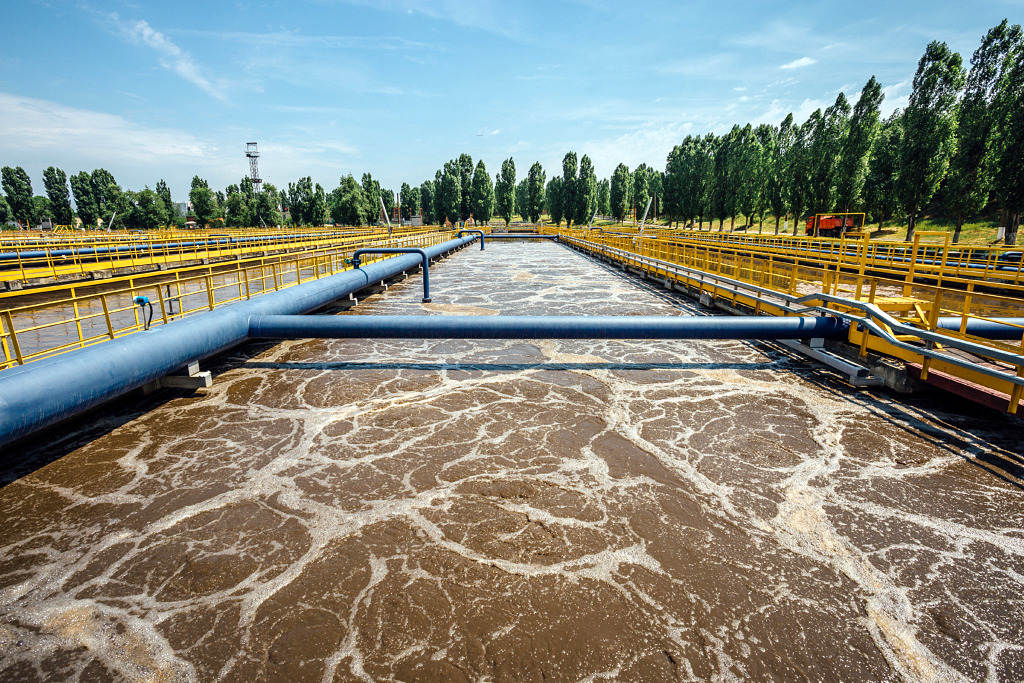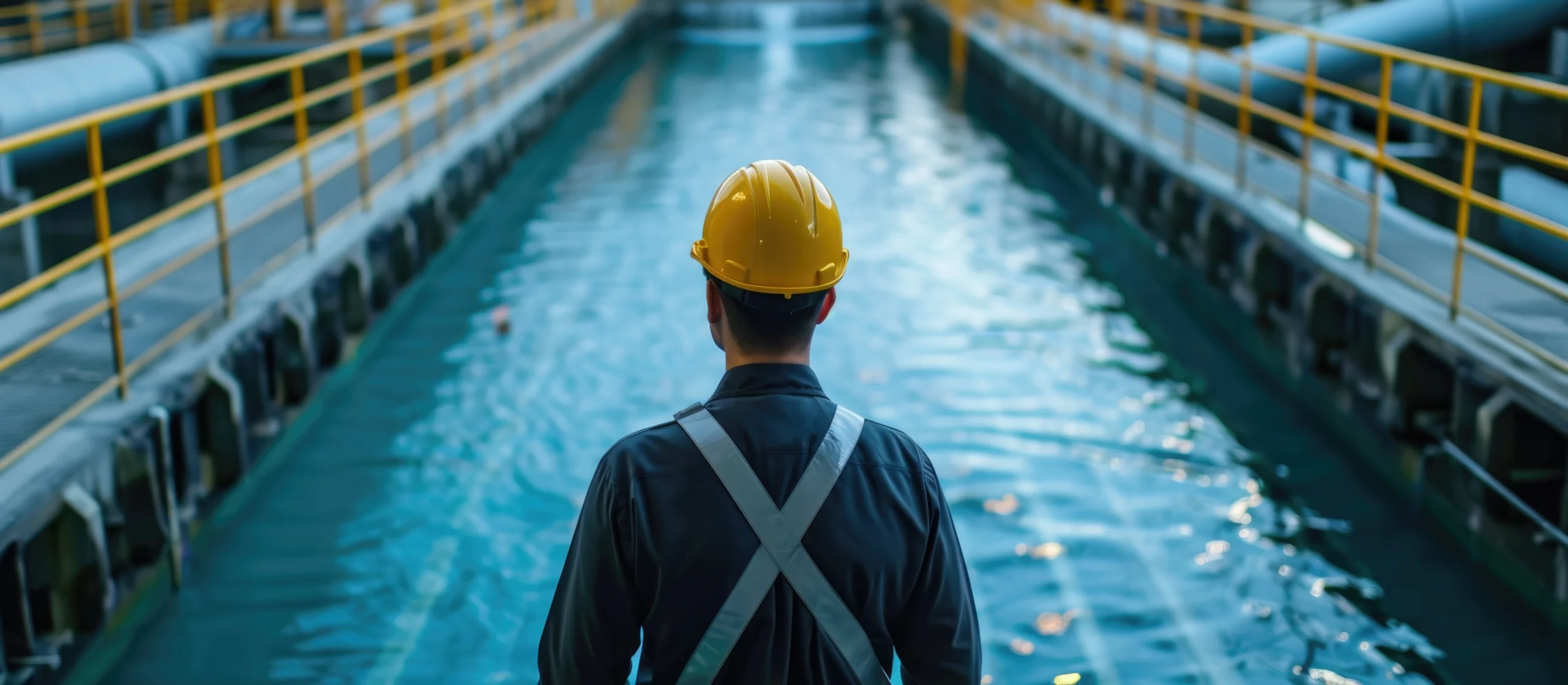In the heart of the United States’ capital, the management and treatment of waste and water are critical to sustaining the city’s health and environment. Washington DC, with its bustling urban landscape and historic significance, faces unique challenges in ensuring efficient waste disposal and clean water supply for its residents and visitors alike.
Waste Management
Effective waste management in Washington DC involves a multifaceted approach that begins at the individual level and extends to comprehensive city-wide systems. The city encourages recycling and composting to reduce the volume of waste sent to landfills. Residents and businesses are provided with separate bins for recyclables, which are collected alongside regular trash pickups. This initiative not only minimizes landfill waste but also conserves valuable resources by reusing materials like paper, plastics, and metals.
For waste that cannot be recycled or composted, the District operates several waste transfer stations where garbage is consolidated before being transported to landfills outside the city limits. This strategy reduces the environmental impact of waste disposal within the urban area.
Moreover, Washington DC has implemented programs to manage hazardous waste safely, ensuring that substances like chemicals, electronics, and batteries are disposed of properly to prevent environmental contamination.
Water Treatment
Water treatment is equally crucial in Washington DC, where the Potomac River and its tributaries serve as primary sources of drinking water. The city’s Water and Sewer Authority (DC Water) operates advanced treatment facilities to purify and distribute clean water to over 600,000 residents.
The treatment process begins with the intake of raw water from the Potomac River, which undergoes rigorous filtration to remove sediment and debris. Chemical treatments are then applied to disinfect and remove harmful microorganisms, ensuring that the water meets federal standards for safe consumption.
After treatment, the water is stored in reservoirs and distributed through an extensive network of pipes to homes, businesses, and public facilities across the District. DC Water monitors water quality continuously, conducting regular tests to detect contaminants and maintain high standards of purity.
In addition to supplying drinking water, DC Water manages the city’s wastewater through a system of sewers and treatment plants. Wastewater undergoes a thorough treatment process to remove pollutants and organic matter before being discharged back into the Potomac River. This ensures that the city’s waterways remain clean and healthy while protecting aquatic ecosystems and supporting recreational activities.
Challenges and Innovations
Despite these advancements, Washington DC faces ongoing challenges in waste and water management, including aging infrastructure, population growth, and the impacts of climate change. Rising temperatures and more frequent extreme weather events can strain water resources and overwhelm sewage systems, necessitating adaptive strategies and infrastructure investments.

Despite these advancements, Washington DC faces ongoing challenges in waste and water management, including aging infrastructure, population growth, and the impacts of climate change. Rising temperatures and more frequent extreme weather events can strain water resources and overwhelm sewage systems, necessitating adaptive strategies and infrastructure investments.
In response, the District continues to innovate with sustainable practices such as green infrastructure and stormwater management projects. These initiatives aim to reduce runoff pollution, improve water quality, and enhance the resilience of urban landscapes to climate-related challenges.
Efforts to promote public awareness and community engagement also play a crucial role in shaping the future of waste and water management in Washington DC. Education campaigns encourage residents to conserve water, recycle responsibly, and participate in local sustainability efforts, fostering a sense of collective responsibility for environmental stewardship.
Washington DC’s approach to waste and water treatment exemplifies a commitment to environmental sustainability and public health. By integrating innovative technologies, community involvement, and adaptive strategies, the District strives to meet the evolving needs of its residents while preserving natural resources for future generations. As challenges persist, continued investment in infrastructure and proactive environmental policies will be essential to ensure a cleaner, healthier, and more resilient capital city.




